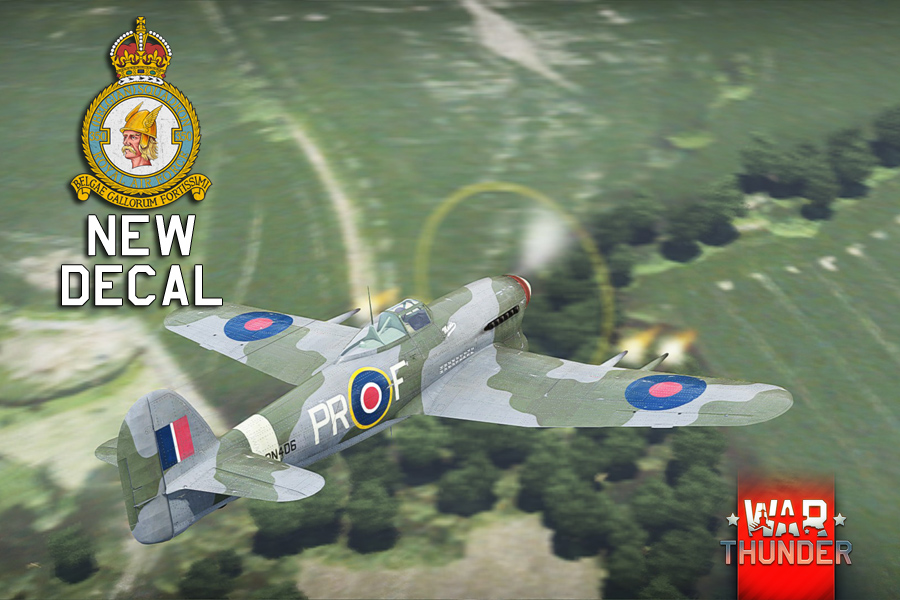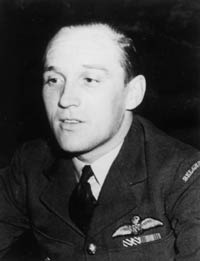
- For PC
- For MAC
- For Linux
- OS: Windows 7 SP1/8/10 (64 bit)
- Processor: Dual-Core 2.2 GHz
- Memory: 4GB
- Video Card: DirectX 10.1 level video card: AMD Radeon 77XX / NVIDIA GeForce GTX 660. The minimum supported resolution for the game is 720p.
- Network: Broadband Internet connection
- Hard Drive: 17 GB
- OS: Windows 10/11 (64 bit)
- Processor: Intel Core i5 or Ryzen 5 3600 and better
- Memory: 16 GB and more
- Video Card: DirectX 11 level video card or higher and drivers: Nvidia GeForce 1060 and higher, Radeon RX 570 and higher
- Network: Broadband Internet connection
- Hard Drive: 95 GB
- OS: Mac OS Big Sur 11.0 or newer
- Processor: Core i5, minimum 2.2GHz (Intel Xeon is not supported)
- Memory: 6 GB
- Video Card: Intel Iris Pro 5200 (Mac), or analog from AMD/Nvidia for Mac. Minimum supported resolution for the game is 720p with Metal support.
- Network: Broadband Internet connection
- Hard Drive: 17 GB
- OS: Mac OS Big Sur 11.0 or newer
- Processor: Core i7 (Intel Xeon is not supported)
- Memory: 8 GB
- Video Card: Radeon Vega II or higher with Metal support.
- Network: Broadband Internet connection
- Hard Drive: 95 GB
- OS: Most modern 64bit Linux distributions
- Processor: Dual-Core 2.4 GHz
- Memory: 4 GB
- Video Card: NVIDIA 660 with latest proprietary drivers (not older than 6 months) / similar AMD with latest proprietary drivers (not older than 6 months; the minimum supported resolution for the game is 720p) with Vulkan support.
- Network: Broadband Internet connection
- Hard Drive: 17 GB
- OS: Ubuntu 20.04 64bit
- Processor: Intel Core i7
- Memory: 16 GB
- Video Card: NVIDIA 1060 with latest proprietary drivers (not older than 6 months) / similar AMD (Radeon RX 570) with latest proprietary drivers (not older than 6 months) with Vulkan support.
- Network: Broadband Internet connection
- Hard Drive: 95 GB

"Typhoon Mark IB (Premium) of No. 609 Squadron RAF, RAF Manston, 1943" skin by coolhand83 | download here
Little is known about the early life of Remy Van Lierde. He was born in Overboelare in hilly East Flanders, Belgium, in August 1915 and, clearly enthused by flying as a youth he volunteered for service in Aviation Militaire Belge – at this time Belgian military aviation was still a part of the army - shortly after his twentieth birthday, enlisting in September 1935.
 |
| Remy van Lierde in Royal Air Force uniform |
The results of his aptitude tests led him initially along the route as a non-commissioned observer, but after his initial training and branch training he served only briefly before being selected for pilot training which he then commenced in May 1937. Military aviation in Belgian was progressing during the interwar period – pilot training in particular was respected internationally and at the time of Van Lierde’s training, Belgium also trained Iran’s military pilots.
Van Lierde qualified in April 1938 and was sent to the 1st Aviation Regiment which was responsible for reconnaissance and artillery observation. Posted to the regiment’s 3rd Squadron, Sergeant Van Lierde flew Fairey Foxes; a British designed two-seat biplanes bomber of mid-1920s vintage which Belgium had imported and also license built on home soil.
When German forces invaded Poland in September 1939 and, shortly afterwards, other nations were embroiled in hostilities, Belgium was initially able to remain neutral. World War I had ravaged the nation directly, having been fought through Belgium’s towns and fields and there was no appetite or financial ability to wage another war. However, the Belgian government was still wise to the events unfolding around the country and military mobilization began. On May 10th the inevitable occurred when Germany invaded Belgium, and Van Lierde’s squadron was at war.
The 3rd Squadron was based at Goetsenhoven, a grass airfield in the centre of Belgium, along with another two squadrons of Fairey Fox biplanes. Van Lierde flew several reconnaissance missions against advancing enemy forces during the campaign but on May 16th he was shot down by ground fire and wounded. Van Lierde was hospitalized and played no further part in the campaign – he was still recovering from his injuries when Belgium surrendered on May 28th. However, Van Lierde’s war was only just beginning and as soon as he was fit to travel in September, he began a journey which would span much of the continent and nearly a year to bring him back to the controls of a combat aircraft.
Van Lierde travelled southwest and crossed the border into occupied France before heading south through Vichy France before another attempt to cross a border to reach neutral Spain. He was apprehended and charged with illegal immigration and spent several months in various Spanish prisons before escaping managing to make his way onboard a boat bound for Britain. ON arriving in England in July 1941 – nine months after he left Belgium – he was then subjected to the standard detention and interrogation procedure which foreign nationals were subjected to in wartime Britain. This mainly involved administration and waiting for clearances, so it was another six weeks before Van Lierde was finally able to join the Royal Air Force Volunteer Reserve.
Given that he was already an experienced pilot, Van Lierde’s transition to flying in Britain consisted only of a brief three month conversion course to Spitfires at RAF Hawarden in Wales before being posted to No.609 Squadron in January 1942. 609 Squadron had been formed before the war and was heavily involved in the Battle of Britain; however, it was increasingly being populated by foreign pilots who had fled their own nations to join the RAF and the newly commissioned Pilot Officer Van Lierde was one of a number of Belgian pilots who now bolstered their ranks.
With the Luftwaffe becoming a rarer sight in the skies over England, the Belgians of No.609 Squadron did not have nearly as many opportunities to engage the enemy as those who had joined the RAF two years before. In June 1942, shortly after the squadron converted to the newer Spitfire Mk.V, Van Lierde damaged a Dornier 217. Later in the year Van Lierde converted to the Hawker Typhoon – 609 briefly operated the Mk.1a before taking on the cannon armed Mk.1b – and he was also promoted to Flying Officer. The squadron now came under the command of Squadron Leader Roland Beamont, regarded by many as one of the most skilled and successful proponents of the Typhoon throughout the entire war. The squadron moved to Biggin Hill in September and then to Manston in December in an attempt to position the Typhoons for quicker interceptions against the increasing number of German low level fighter bomber attacks against southern England. Van Lierde was also regularly involved in the squadron’s new practice of night intruder missions – flying strike sorties over occupied Europe against targets of opportunity.
On January 20th 1943, No.609 Squadron was scrambled to engage a fighter bomber attack against London by JG26 and JG2. In the ensuing dogfight, the Typhoons claimed four Bf109Gs from 6./JG 26 for no loss – these claims included first kills for leading Typhoon ace Flying Officer Johnny Baldwin, and Remy Van Lierde. In March, whilst the squadron was en route to shoot up the Luftwaffe airfield at Chièvres in western Belgium, Van Lierde shot down a Junker 52 transport aircraft which in a strange twist of fate was witnessed on the ground by his wife who showed him pieces of wreckage of the aircraft after the war. A Heinkel 111 in May, a Bf109 in July, a Junkers 88 in October and a Bf110 in November completed Van Lierde’s list of confirmed victories, making him Belgium’s seventh ranking air ace of the Second World War in terms of manned enemy aircraft – although greater things were yet to come.
By the end of the year Van Lierde had been promoted to Flight Lieutenant and became a gunnery instructor at RAF Sutton Bridge. He accepted promotion to Acting Squadron Leader for a second line tour at RAF Manston in February 1944 but, after growing tired of time away from the front line, he then accepted demotion back to Flight Lieutenant in order to be posted to No.3 Squadron, equipped with Hawker Tempests. In August he was again promoted to Squadron Leader and took command of No.164 Squadron. His time on Tempests saw more offensive strikes over occupied Europe in support of the prelude to D-Day, but more importantly Van Lierde led his squadron in the highly dangerous practice of shooting down V1 unmanned aerial bombs. He personally accounted for a staggering 44 V1s destroyed, with a further 9 shared, making him the second ranking V1 killer of the entire war.
Van Lierde finished the war as Belgian Liaison Officer at the 2nd Tactical Air Force HQ. He remained with the RAF until 1946, when he was commissioned into the Belgian Air Force as a Major and given command of the Belgian 1st Fighter Wing. Van Lierde remained with the Belgian Air Force until 1968 when he retired as a full Colonel. He passed away in June 1990 at the age of 74.
For most, this career would be impressive enough but in 1959 Van Lierde still had one aviation claim to fame left in him. Whilst flying a helicopter over the Belgian Congo, Van Lierde claims to have seen a giant snake which was nearly 50 feet long. For those interested, the photos are on the internet and apparently they have been verified as authentic by numerous experts…
With an upcoming Update, we will include the following decal to War Thunder:
 |
| Emblem of No 350 (Belgian) Squadron RAF |
Decal by Jej 'CharlieFoxtrot' Ortiz
About The Author
 |
Mark Barber, War Thunder Historical Consultant Mark Barber is a pilot in the British Royal Navy's Fleet Air Arm. His first book was published by Osprey Publishing in 2008; subsequently, he has written several more titles for Osprey and has also published articles for several magazines, including the UK's top selling aviation magazine 'FlyPast'. His main areas of interest are British Naval Aviation in the First and Second World Wars and RAF Fighter Command in the Second World War. He currently works with Gaijin Entertainment as a Historical Consultant, helping to run the Historical Section of the War Thunder forums and heading up the Ace of the Month series. |





